I had issue with this question. I could not see why 22 could not also be C.
i made three frames one of is completely filled with 1= po 2=Ts 3=NM
and another where F=2 G=1 and 3= H
and the last one i made is F=3 G=1 and H=2
I had made some other inferences for these but i wrecked them trying to solve this problem. but it felt like with one of my hypotheticals i could make C work.
LSAT Forum
2 postsPage 1 of 1
-

- aebq196234
-
Thanks Received: 2
- Forum Guests
- Posts: 13
- Joined: August 01st, 2012
- This post thanked 1 time.
-

- timmydoeslsat
-
Thanks Received: 887
-
Atticus Finch

- Posts: 1136
- Joined: June 20th, 2011

- Most Thanked

- First Responder
Re: Q22
aebq196234 Wrote:I had issue with this question. I could not see why 22 could not also be C.
i made three frames one of is completely filled with 1= po 2=Ts 3=NM
and another where F=2 G=1 and 3= H
and the last one i made is F=3 G=1 and H=2
I had made some other inferences for these but i wrecked them trying to solve this problem. but it felt like with one of my hypotheticals i could make C work.
We know that this is not going to work. How could M be 3rd place yet still be above the H team?
This was a question that did not lead to any up front inferences. We still know that H is either going to second or third. Lets run both hypotheticals with us knowing that M has to be above the H team.
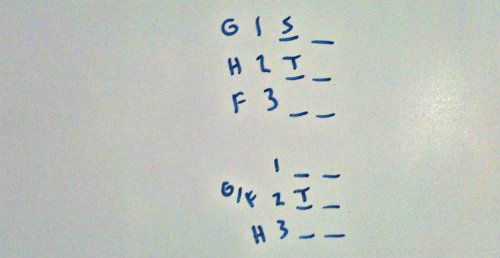
Since I do not know the placements of G and F in the second hypothetical, I will solve the first one and see if the answer is there for the could be true question.
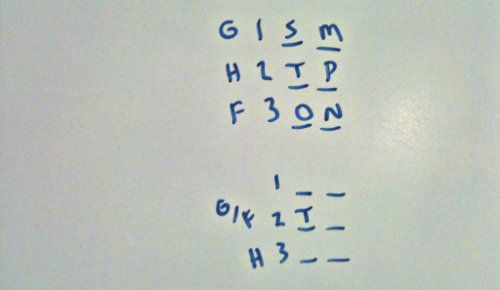
None of the answers are there.
At this point, I would show G1 and then G2.
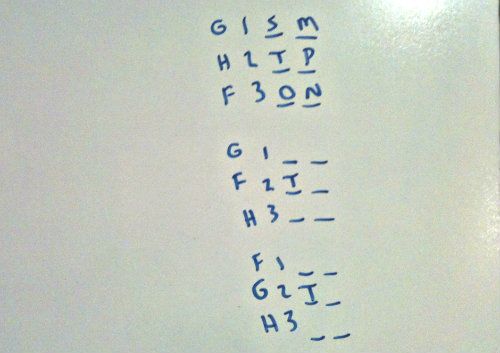
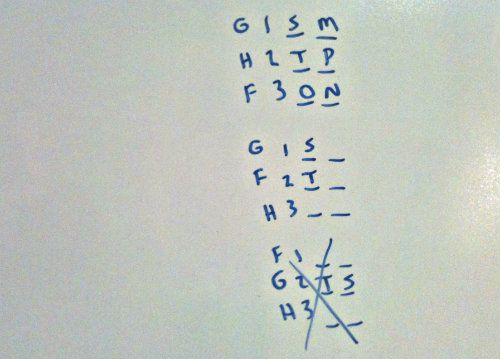
We quickly see that the G2 scenario would be unacceptable. We would be forced to place M and P together, as neither variable can go at the bottom. (M must come before H due to our local rule, and P must always be above N)
So the G1 scenario is the only one to do.
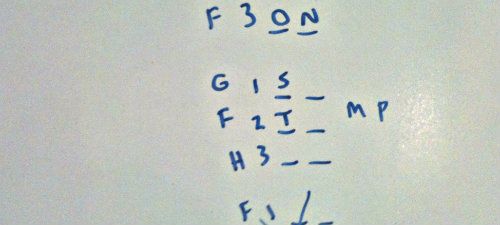
We know that M and P cannot be on the last team, as discussed above. This means that the bottom two must be O and N. We can dual option the M and P.
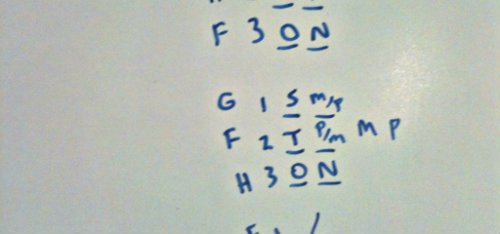
So we know that P can be first (E).
2 posts Page 1 of 1